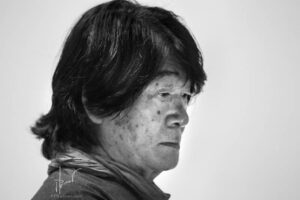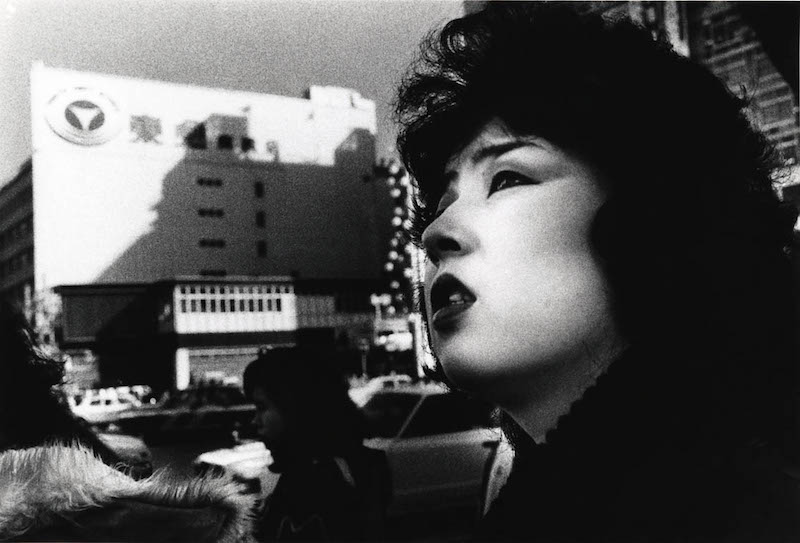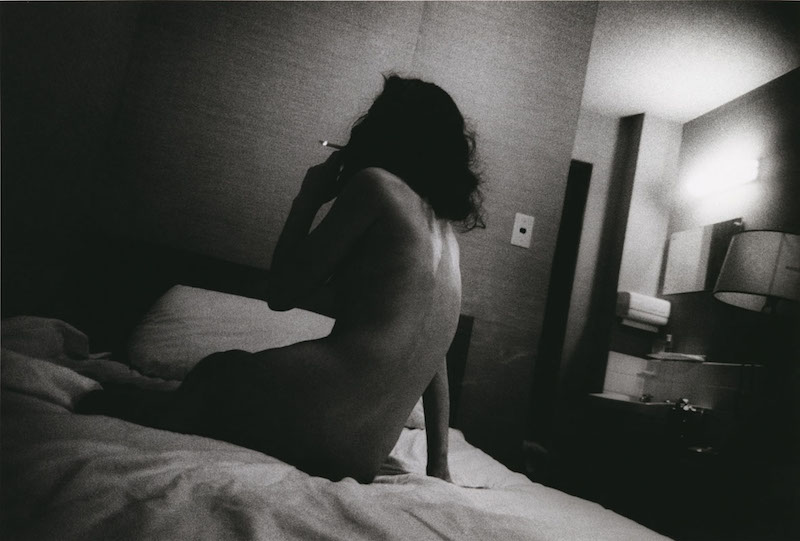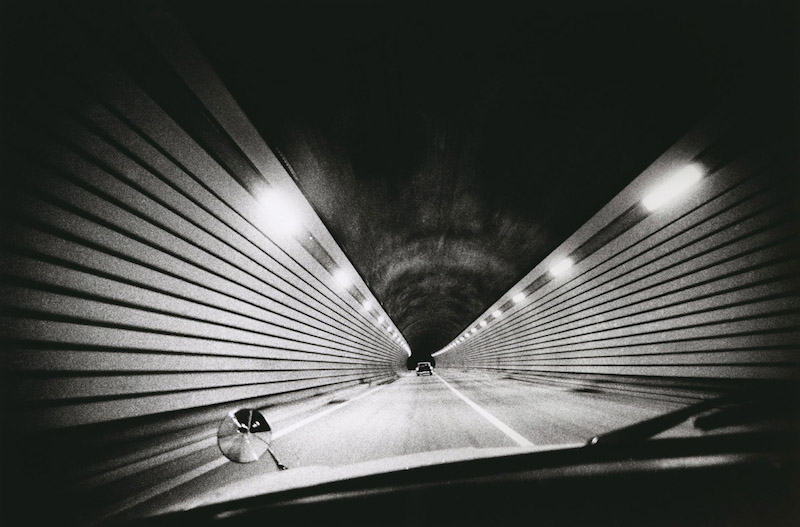
Daido Moriyama is one of Japan’s most iconic and revolutionary photographers, a master who has reshaped the language of photography with his raw, immediate, and profoundly existential style. Born in 1938 in Ikeda, Osaka Prefecture, his work is an unfiltered exploration of contemporary society’s contradictions and tensions. Through his grainy, blurred, and often overexposed images, Moriyama has given voice to a frantic, chaotic Japan in perpetual transformation.
The Origin of a Name and a Vision
The name “Daido” carries a symbolic weight: it combines the kanji “Dai” (大) meaning “great” and “Do” (道) meaning “path” or “way.” This concept of a “great path” perfectly mirrors his approach to both life and photography. Moriyama is, at his core, a wanderer—a photographer in constant motion, exploring the world with the instinct of a contemporary flâneur.
Beginnings and Mentors
Moriyama’s journey into photography wasn’t immediate. After a brief period studying design, he approached photography by working as an assistant to Eikoh Hosoe, one of Japan’s great photographic innovators. Hosoe, known for his experimental and theatrical approach, was a fundamental mentor for Moriyama, but equally decisive were the influences of Western photographers like William Klein and Andy Warhol. From Klein, Moriyama admired the brutal energy of his images, instinctive composition, and rejection of technical conventions; from Warhol, the idea that art could be a repetitive, industrial process rather than something necessarily “pure.”

Provoke and the Revolution of Photographic Language
In the 1960s, Moriyama became involved with the “Provoke” collective, a group of Japanese photographers and intellectuals who sought to overturn traditional photographic norms. Their aesthetic manifesto was “Are, Bure, Boke” (grainy, blurry, out-of-focus), a style that opposed classic documentary photography and instead aimed to capture the instability and uncertainty of post-war Japan. Moriyama’s work during this period was feverish, almost anarchic: images of crowded streets, neon signs, seemingly insignificant details that became symbols of a nation teetering between tradition and modernity.
“Stray Dog”: An Icon of Photography
One of Moriyama’s most famous images is “Stray Dog” (1971), a photograph of a stray dog with a tense, wary gaze, taken on a street in Misawa, northern Japan. The photograph has become a symbolic self-portrait of the artist: an outsider, a wanderer, a solitary creature searching for meaning. Moriyama has often compared his approach to photography to that of a stray dog roaming the city, capturing whatever strikes him in the moment without a predetermined plan.
The Moriyama Method: Instinct and Chaos
Moriyama’s photography is driven by instinct rather than precision. He shoots obsessively, unconcerned with technical perfection, often using compact cameras like the Ricoh GR. His high-contrast black and white prints strip away mid-tones, pushing his images into a realm closer to graphic art than conventional photography. For Moriyama, the act of taking a photograph is immediate, raw—an extension of his interaction with the world rather than a carefully composed decision.

Anecdotes and a Nomadic Life
A defining episode in his career took place during a trip to New York in the 1970s. A devoted admirer of Warhol, Moriyama decided to visit The Factory, the artist’s studio. With no appointment, he wandered the streets of Manhattan with his camera, eventually managing to sneak into the studio for a few moments before being swiftly escorted out. This anecdote perfectly encapsulates his creative philosophy: improvisation, instinct, and a relentless pursuit of the unexpected.
Another revealing moment occurred at an exhibition where a gallerist remarked that some of his images were “too dark.” Moriyama’s response was simple: “The night is dark. The city is dark. My photography is dark.” His work doesn’t seek clarity—it embraces the shadows, the grain, and the uncertainty of modern life.
The Shift to Color
For decades, Moriyama was synonymous with high-contrast black and white photography. But in the 2000s, he began experimenting with color. While still retaining his aggressive, fragmented aesthetic, his color work introduced a new dimension to his vision. Neon signs, vibrant fabrics, and urban advertisements merged into kaleidoscopic compositions reminiscent of Tokyo’s cyberpunk atmosphere. The essence of his work remained unchanged—unfiltered, immediate, and deeply personal.
The Legacy of Daido Moriyama
Today, Daido Moriyama is recognized as one of the greatest innovators in contemporary photography. His influence extends far beyond Japan, inspiring artists, street photographers, and creatives of all kinds. His work is a testament to the power of spontaneity, the beauty of imperfection, and the importance of embracing instinct.
With his camera always at hand, Moriyama continues to wander the streets of the world—like a stray dog, searching for fleeting moments that, once captured, become eternal. Perhaps, in this ceaseless wandering, lies the true secret of his greatness.
All photos © Daido Moriyama

